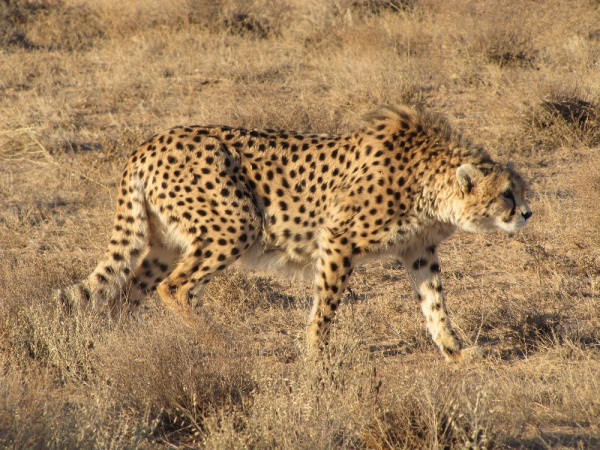Facts About Asiatic cheetah
The Asiatic cheetah, also known as the Iranian or Persian cheetah, is teetering on the brink of extinction, with fewer than 50 individuals remaining, all confined to Iran. Once, these magnificent creatures roamed the Arabian Peninsula, the Near East, the Caspian region, and parts of Pakistan and India. Sadly, the 20th century saw their disappearance from these regions.
This cheetah is not just any cheetah—it's unique. It diverged from its African relatives between 32,000 and 67,000 years ago, rendering it genetically distinct. With its buff-colored fur adorned with small black spots and its status as the fastest land animal, the Asiatic cheetah is truly a natural wonder.
Today, these cheetahs primarily inhabit Iran's deserts, especially within protected areas like Kavir National Park and Touran National Park. Conservation efforts to save them include radio-collaring for tracking, captive breeding programs, and raising public awareness by featuring cheetah imagery on the national football team's jerseys.
However, the Asiatic cheetah faces numerous threats. Habitat loss, a decrease in prey, poaching, road accidents, and conflicts with livestock herders all pose significant risks. Conservationists are actively addressing these issues through various initiatives, such as training courses for herders and semi-captive breeding programs. There is even discussion about reintroducing cheetahs to India.
Despite the dire outlook, there remains a glimmer of hope. Ongoing conservation efforts and international awareness campaigns are tirelessly striving to ensure that the Asiatic cheetah does not vanish from our world.

 Syria
Syria